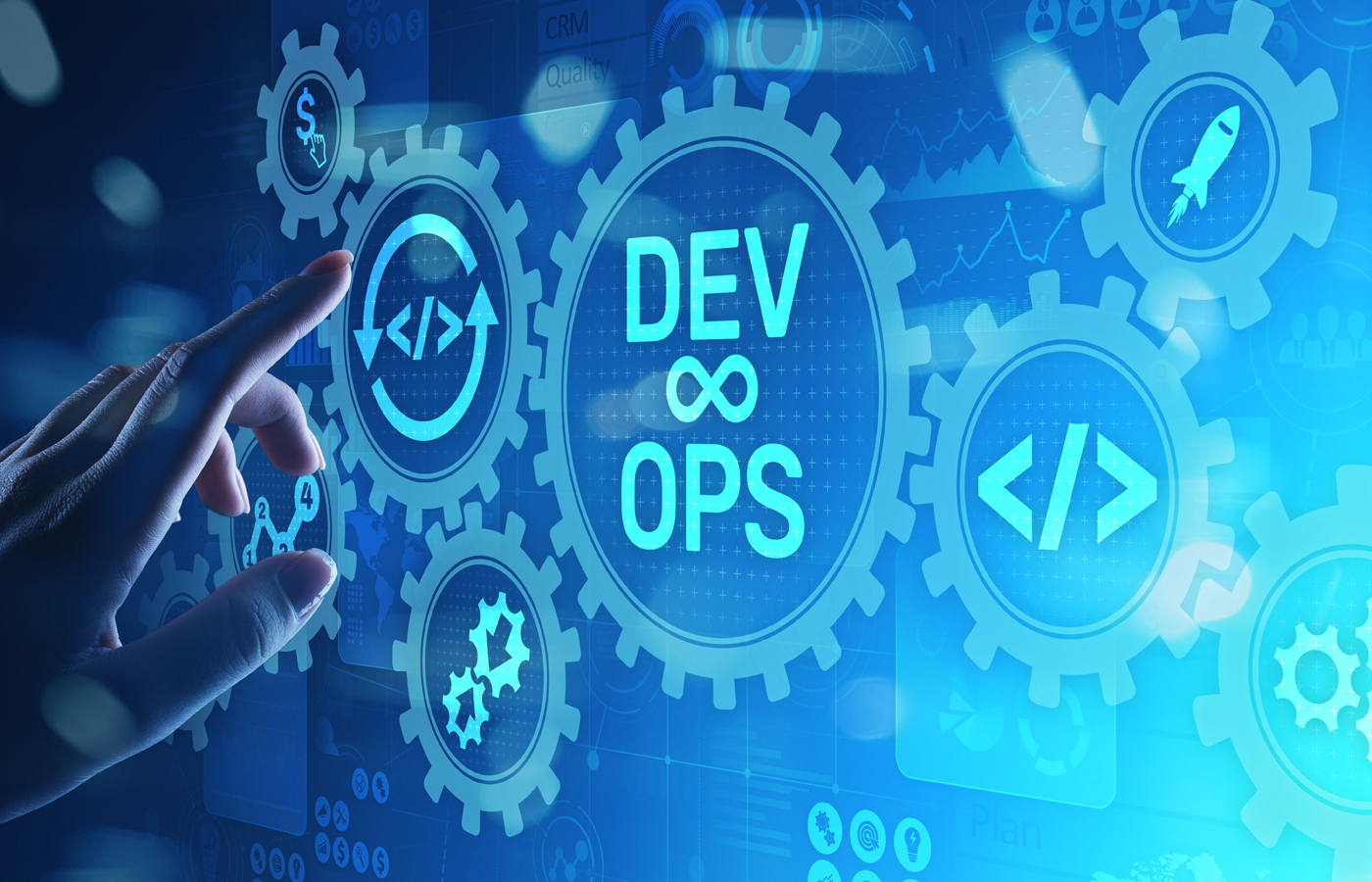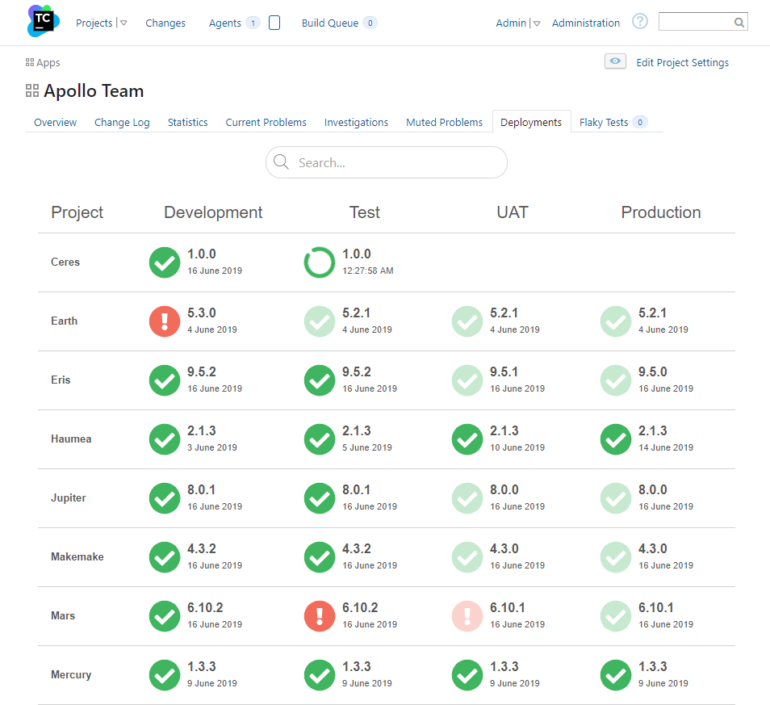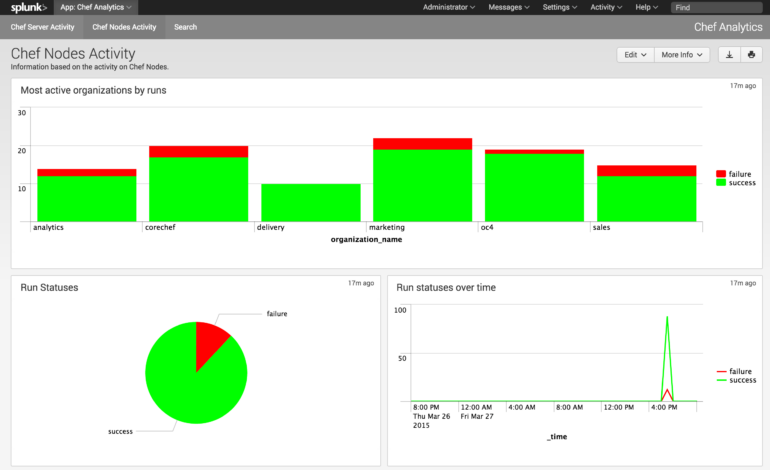
 technology
technology 
We explore some of the best configuration management tools and software for DevOps. Learn about their pricing, features, benefits and more.
The following guide will reveal some of the top configuration management tools for DevOps to help make the lives of project managers and developers easier. More specifically, it will break down the best configuration management tools in terms of their features, pros, cons and pricing.
Red Hat Ansible is a popular DevOps tool used by over 3,000 organizations to automate complex IT tasks like application deployment, configuration management and more. It is a great configuration management tool for software development teams seeking an open-source, user-friendly and flexible time-saving solution with an agentless architecture.
Red Hat Ansible makes configuration management easy with machine-parsable and human-readable configurations for facilitating tasks like file management, package installations and more. It offers access to over 140 content collections from more than 60 industry partners. This allows software developers and project managers to start automating configuration management tasks quickly. The developer tool also has automation execution environments. These are container images where all of Ansible’s automation is run, and they help to ensure consistent, smooth automation across multiple platforms, regardless of whether they are cloud-based, in your data center, etc.
Event-Driven Ansible is a feature that uses event-driven automation to save time on manual tasks and increase IT operations efficiency so software development teams can focus more on innovation. Red Hat Insights, meanwhile, helps project managers monitor automation performance. This analytics feature can be used to manage automation tasks, keep an eye on configuration drift and leverage Event-Driven Ansible to fix problems before they become significant.
Other Red Hat Ansible features worth mentioning include team collaboration for sharing configuration management content, a massive community-contributed module library for extending functionality and third-party integrations with programmer tools like GitHub, Bitbucket, Jenkins, etc.
Since Ansible has such a simplified setup and is easy to use, onboarding is minimized. Its open-source nature makes Ansible highly flexible and customizable. By using agentless architecture, Ansible also minimizes installations. Developers will not have to worry about installing Ansible on every system they want to automate, which is a huge time saver.
Although many users say Ansible is a highly valuable tool, some may find it expensive for their budgets. Limited documentation is another common gripe, as is complexity when integrating the configuration management software with third-party tools.
Ansible pricing depends on the subscription you pick and your sizing requirements. The configuration management tool has a free trial, but you will not find actual costs on the Ansible pricing page. To get a customized quote, you will need to speak to a “Red Hatter” or an authorized partner.
While we cannot give you prices here, Ansible’s available plans are as follows:
Beyond those two pricing plans, you can choose between managed and self-managed deployment options.

JetBrains’ TeamCity is an all-in-one continuous integration and continuous delivery platform with configuration management capabilities that over 30,000 customers use to ship high-quality software faster.
Some of TeamCity’s top features in configuration management and other departments include:
TeamCity lets developers use the Kotlin programming language to create projects and build configurations and chains as code that can be kept in a VCS. Any changes to the code will be automatically applied to the build server. TeamCity also lets you nest projects inside other projects to form a tree. Any settings and permissions defined in the parent project get applied to the subprojects to simplify large installation maintenance.
TeamCity’s Meta-Runner feature lets developers reuse sets of build tasks. There are build configuration templates to save time as well. Other configuration management features include build chains and dependencies, build failure conditions, conditional and agentless build steps and parameters. The latter allow you to generalize template or build configuration and version control settings so they can be customized and reused with ease.
Beyond configuration management, TeamCity also offers continuous integration; version control with Git, Mercurial, and Perforce; various features for tracking code quality; and third-party integrations with Jira, Bugzilla, Docker, Maven, Microsoft Azure, and more.
TeamCity’s intuitive, modern interface and overall user-friendliness make it ideal for those seeking a simple configuration management tool they can start using right out of the box.
The DevOps tool has plenty of in-house functionality, too, so project managers and developers do not have to rely heavily on plugins to get the job done.
Should you want to extend its functionality, however, TeamCity allows for it with plenty of integrations with popular third-party programmer tools like Maven, Jira, Docker, etc. And TeamCity also excels in reporting, as it offers on-the-fly analytics to keep developers informed.
Small software development teams and individual programmers may find TeamCity too costly for their budgets. The configuration management tool may hog a ton of resources, which can slow some machines down. And if you are looking for extensive support from a massive online community, TeamCity may not be your cup of tea.
Developers get plenty of pricing flexibility from TeamCity as a developer tool. Startups may qualify for a half-off discount on the configuration management software through the Startup Discount Plan from JetBrains. There is also a 30-day evaluation license. It offers unlimited agents and build configurations, so you can take a test drive and see if the configuration management tool is right for you.
TeamCity’s pricing is divided into on-premise and cloud plans. The on-premise options include:
After picking between the two on-premise options, you need to select your build agents to give you the total cost of the DevOps tool. You get three build agents and 100 configurations at no cost. Each build agent after that costs $299 for the first year and $149 after.
The on-premises Professional plan offers 100 build configurations, unlimited build users and build time, plus issue tracker and forum support. The Enterprise plan offers unlimited build configurations, build users and build time, plus technical support when you need it.
TeamCity’s cloud pricing options are as follows:
Both cloud options come with three committers, unlimited viewers, 24,000 build credits, 600GB of monthly data transfer and 120GB of storage. You can add as many committers as needed, plus buy additional build credits at a rate of $20 per 25,000.

Progress Chef (aka Chef) is a flexible configuration management tool with several infrastructure automation features. Since its release in 2009, Chef has become a hit with software developers, DevOps teams, system administrators and more looking to automate even the most complex tasks.
Progress Chef supports multiple operating systems and cloud platforms and provides infrastructure management that is platform-agnostic thanks to its system resource abstraction.
By relying on infrastructure as code, development teams can use human-readable formats to describe their desired system states, which facilitates consistency, repeatability and version control. Chef utilizes recipes (specific actions or configurations) and cookbooks (collections of recipes). This unique setup lets developers simplify configuration management, reuse code and enjoy modularity.
Chef is also quite extensible via third-party integrations with popular developer tools like Bitbucket, GitLab, GitHub, CircleCI and Jenkins.
Progress Chef uses a code-driven approach that makes it highly flexible and gives developers complete control over their configurations. Unlike other programmer tools that can only handle the basics, Chef can tackle complex tasks with ease thanks to its advanced configuration management capabilities.
Knife, which is Chef’s command-line tool, is a huge time saver, especially with installations. And Chef is also noted for having a large community, which helps with providing modules, cookbooks, resources and support when needed.
Progress Chef was built for experienced programmers. Before tackling the configuration management tool, you should enroll in a Ruby course. But even with experience, users may take time to learn Chef. Lastly, small development teams may find Chef expensive.
Developers can purchase Progress Chef in two ways. The first way is to purchase directly from Progress Chef by choosing either an on-premise or SaaS option and getting a custom quote. The second is to purchase the configuration management tool through a marketplace. If you take the second route, these are your options:
Progress Chef via the Azure Marketplace:
Progress Chef via the AWS Marketplace:
Ideally, configuration management tools in DevOps should have an intuitive interface and be easy to use.
Config management tools should also align with your software development team’s budget and licensing requirements, plus have robust support for infrastructure as code. Scalability is critical for handling complex deployments and infrastructure, as is flexibility and ensuring the developer tool can support various platforms, cloud providers and technologies used by your team.
Other features to look for in configuration management software include features for team collaboration; integration with version control systems and popular CI/CD tools; compatibility with multiple development, staging, and production environments; automation; and capabilities for monitoring compliance. You should also seek strong community and vendor support in the form of forums, online support, documentation and tutorials.
Are the configuration management tools we discussed in this guide the only ones available? No, but since they are some of the most popular and highly regarded options in the configuration management space, take a closer look at their pricing and features before moving on to others. Chances are, one of the above will fit your configuration management needs, and you will not have to shop around for alternatives.
24World Media does not take any responsibility of the information you see on this page. The content this page contains is from independent third-party content provider. If you have any concerns regarding the content, please free to write us here: contact@24worldmedia.com